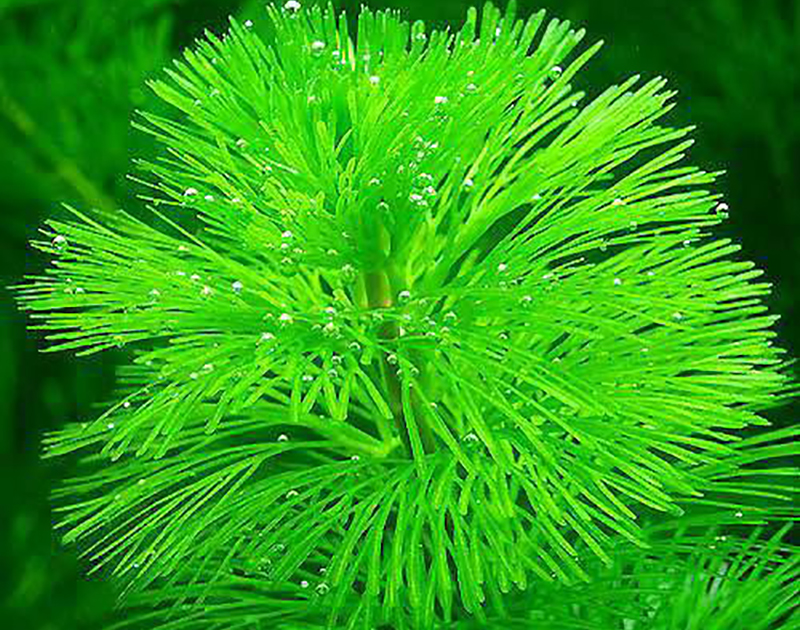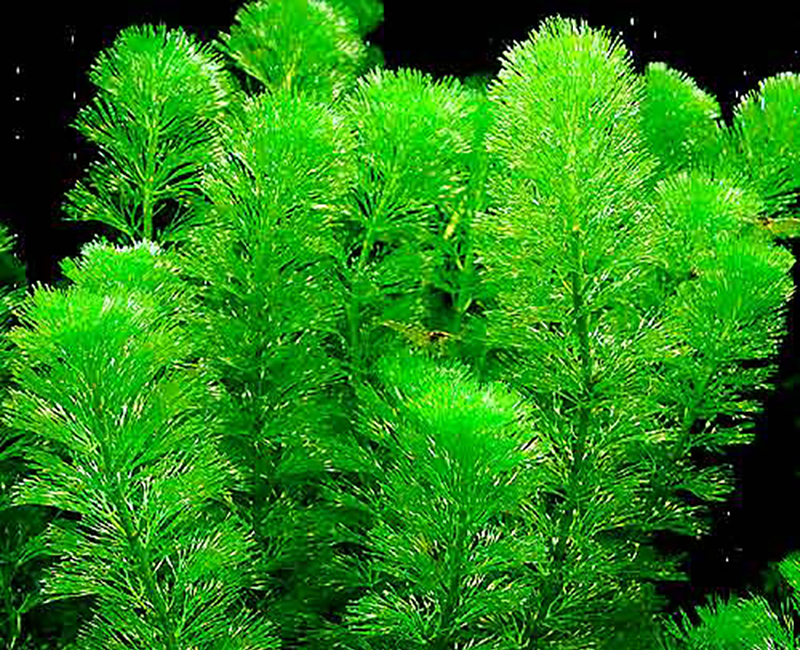rearing
Cabomba is one of the submerged plants of the Hagoromoidea family of the phylum Coccolithophyta. In some stores and other places, it is sold under the name "Camomba" in addition to Cabomba. In this article, we will explain the characteristics of cabomba and how to grow it.
Table of Contents

Cabomba is one of the submerged plants of the Hagoromorpha family of the phylum Angiospermae. It is one of the varieties commonly known as goldfish algae, as well as anacaris and matsumo. In some stores and other places, it is sold under the name "Kamomba" in addition to kabomba.
Cabomba produces beautiful white flowers, about 1 cm to 2 cm in diameter, above the water. Cabomba has distinctive leaves shaped like pine needles. The leaves are very soft. Originally from southeastern North America, Cabomba was imported to Japan in the 1920s. The flowering varieties are native to Brazil and other parts of South America.
Cabomba is classified as one of the easiest types of water plants to grow.It prefers water temperatures between 15 and 30 degrees Celsius. It also prefers a ph (P.H. pH) value in the range of 5.5 to 7.
The amount of light is very important for the growth of cabomba. Low light levels prevent photosynthesis, causing the leaves to turn a light green color and deteriorate rapidly.
However, sunlight is not always necessary. Recently, LED lights have become increasingly popular, and by using these lights, photosynthesis can be successfully achieved. Also, unlike other aquatic plants, Cabomba may not grow well if its roots are not well established.

The care of the cabomba is,The main task is to remove dirt and moss from the leaves. Also, since Kaboomba is a self-draining leaf species, those who do not like leaves dancing in the water can reduce the number of leaves dancing in the water by frequently cutting off the old parts of the leaves.
As a way to increase the number of cabombas, a cabomba may grow side shoots as it grows. After allowing these side shoots to grow to a certain extent (5-10 cm), cut them off, leaving about 5 mm of the lower part of the node on the stem. It is perfect if several of the cut side shoots can be grouped together and sunk into the bottom bed to allow roots to grow.
Also, if you can cut the cabomba that has grown out at the bottom of the stem node and grow roots together in the same way, you can increase the number of cabombas in the same way, so if you want to throw away long-grown cabombas, please give it a try.

Cabomba will be the most commonly used variety of water plant to include with goldfish.When you put kaboomba together with goldfish, the leaves of the kaboomba are soft and they eat the leaves as food.
Goldfish maintain nutritional balance by eating the leaves of water plants, and a plant-based diet improves the function of their internal organsTherefore, when you add cabomba to a goldfish tank, it is not uncommon for the leaves to be all eaten and only the stems remain, so it is best to think of it as a consumable.